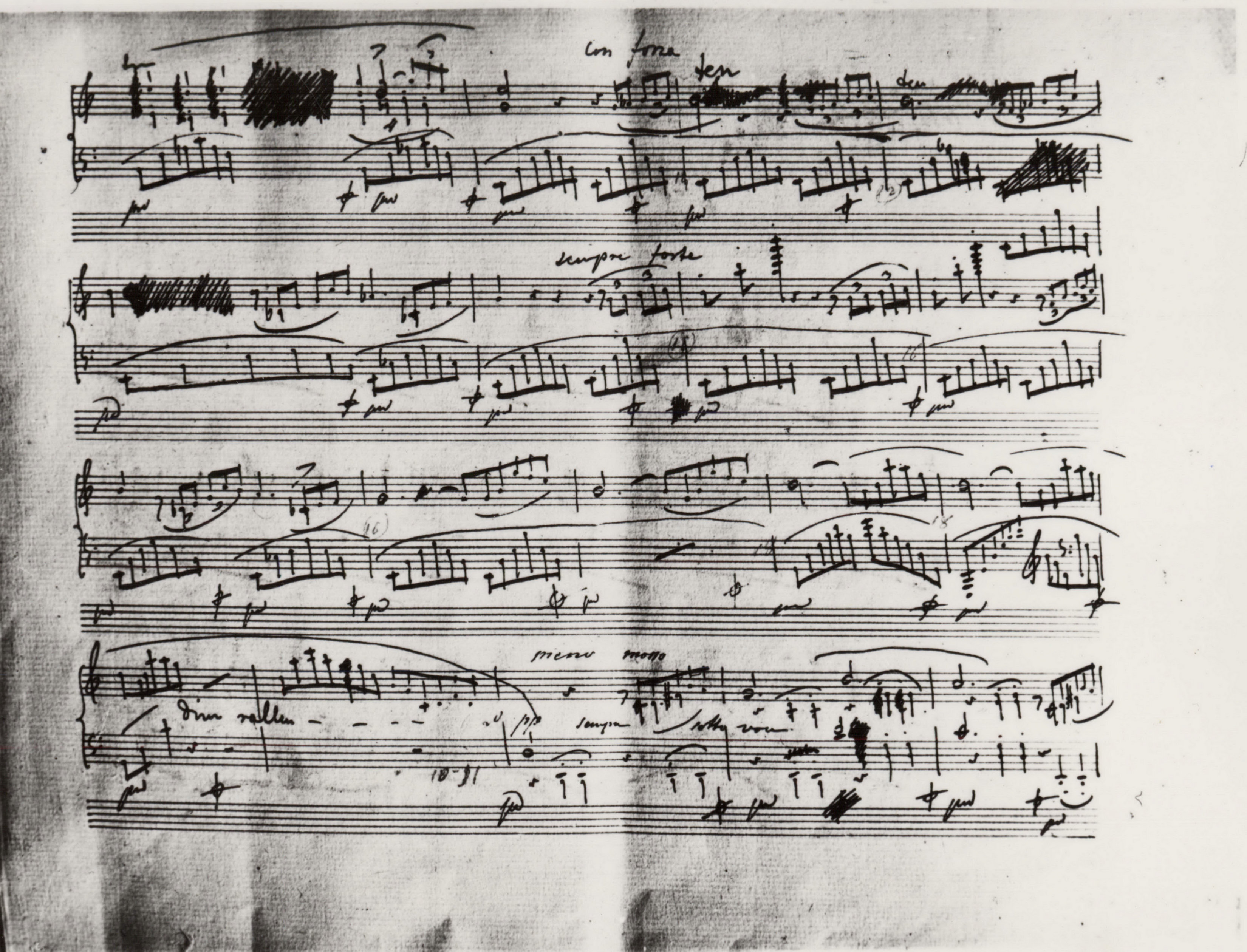Op. 2, Variations in B♭ major
Op. 10, 12 Etudes
Op. 11, Concerto in E minor
Op. 21, Concerto in F minor
Op. 22, Polonaise in E♭ major
Op. 24, 4 Mazurkas
Op. 25, 12 Etudes
Op. 26, 2 Polonaises
Op. 27, 2 Nocturnes
Op. 28, 24 Preludes
Op. 30, 4 Mazurkas
Op. 35, Sonata in B♭ minor
Op. 50, 3 Mazurkas
Op. 63, 3 Mazurkas
Op. 64, 3 Waltzes
(Op. 4), Sonata in C minor




Op. 23, Ballade in G minor
The change of authentic e 2 to d2 performed several dozen years after Chopin's death was an arbitrary decision. It is difficult to say what prompted the reviser of GE3 to introduce it – whether he was convinced (unjustifiably) that it was a G minor chord that was valid as the harmonic basis or whether he was unable to find a comfortable fingering (after all, there are several possibilities).
2 to d2 performed several dozen years after Chopin's death was an arbitrary decision. It is difficult to say what prompted the reviser of GE3 to introduce it – whether he was convinced (unjustifiably) that it was a G minor chord that was valid as the harmonic basis or whether he was unable to find a comfortable fingering (after all, there are several possibilities).
Compare the passage in the sources »
category imprint: Differences between sources
issues: GE revisions
notation: Pitch

